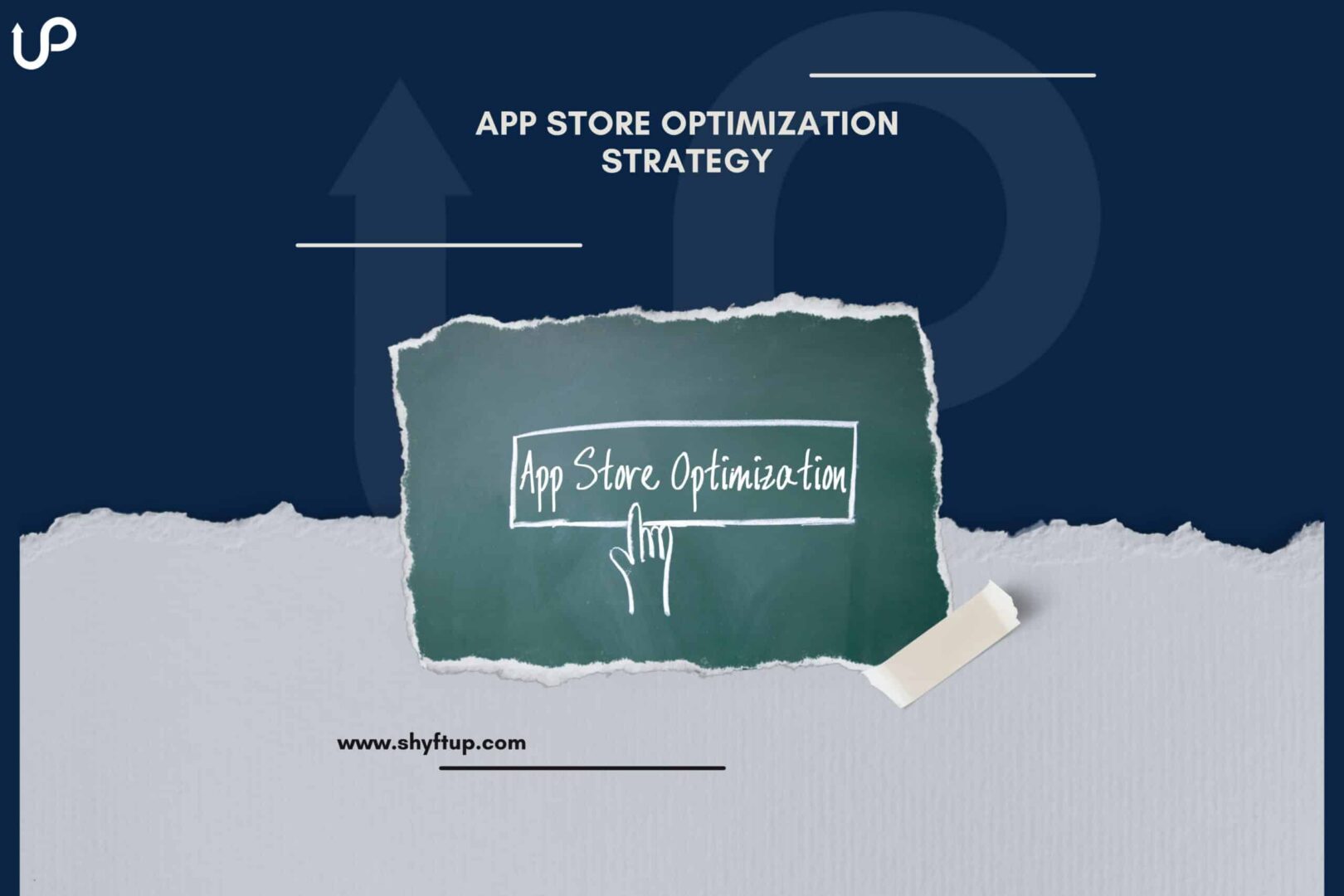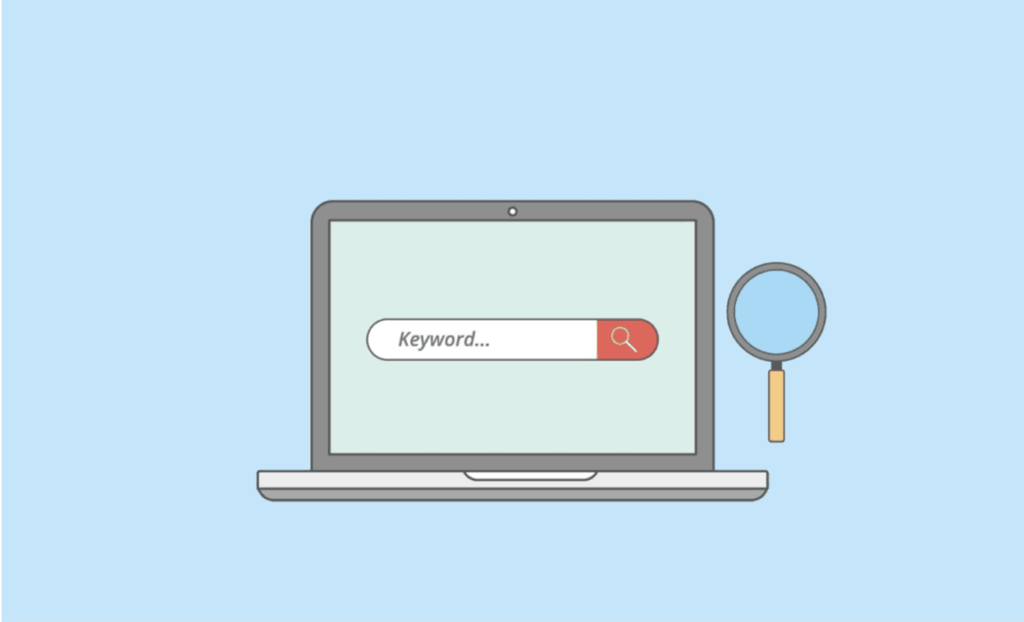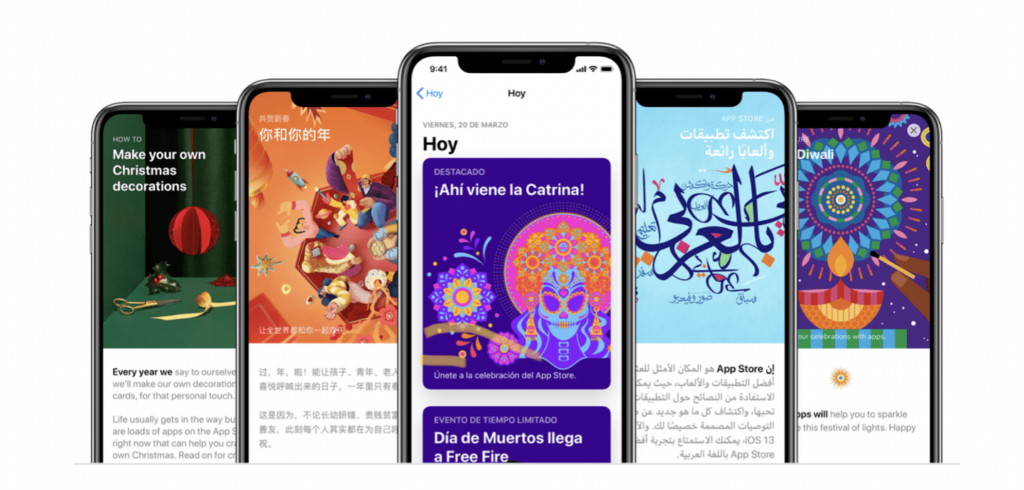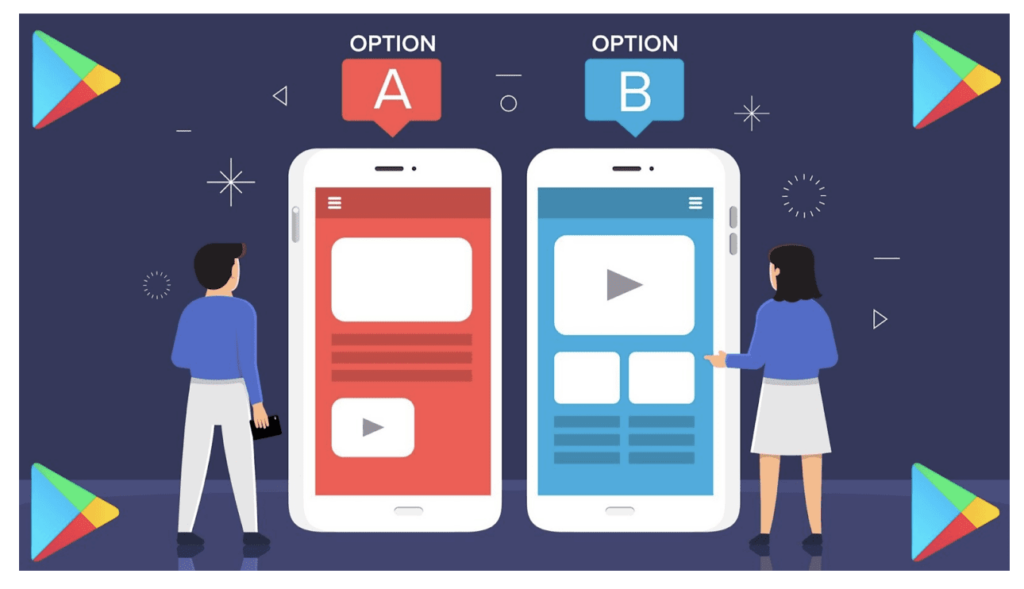
App Store Optimization Strategy
What is the best App Store Optimization strategy? Well, the answer is not that simple. App Store Optimization needs a combination of strategies to be truly effective. That’s why, in this post, you will learn some of the most effective App Store Optimization strategies that you should employ today.
What is App Store Optimization?
App Store Optimization or simply ASO is the process of improving your app’s visibility and conversion rate in app stores by improving the overall setup of your app store listing. ASO aims to configure keywords, app icons, app names, screenshots, app previews, and other elements in such a way that all work together to increase the discoverability of the app.
Why is App Store Optimization important?
App Store Optimization plays a major role in your app’s success. You see, even if you have the best app in the world, if no one knows it exists, it will not really take off.
Now, consider this: there are about 2.87 billion apps in the Google Play Store while 1.96 billion apps in the Apple App Store. With so many apps available today, all trying to get as many users as they can, how can you ensure that your app gets noticed?
The answer is through App Store Optimization. With ASO, you can improve your app’s discoverability, gain more users, and unlock new earning potential.
5 App Store Optimization Strategies
App Store Optimization isn’t randomly done. It should be intentional and well-planned to truly work. That’s why you need ASO strategies that would help you achieve your business goals.
Here are 5 of the best ASO strategies you should know.
1. Use the right keywords
One of the most important factors that affect the ranking of your app is keywords. With the right keywords, you can tell the app store what your app is all about and gain more exposure.
The question is, “How do you know which keywords to use?”
Start with the obvious. Use keywords that best describe your app. Think as well about what search terms your users would most likely use when looking for apps that are related to yours. You can also check your competitors and see what keywords they are using.
Most importantly, use keyword tools. These tools allow you to see the most popular keywords and which of them offers you the best opportunity for ranking. Look for keywords that are both popular but with the least competition.
Of course, finding the right keywords is not enough. You also need to place them in the right place across your app listing. You should add keywords to your app name or app title, app subtitle, description (for Play Store), and keyword list (for App Store).
2. Aim to obtain positive user reviews and high ratings
Both users and the algorithm of app stores take into consideration the reviews and ratings of your app. That’s why, if you try to look into the most popular apps today, they are all well-rated and positively reviewed.
Simply put: having a high rating and thousands of positive reviews encourage downloads and increases your app store visibility.
To obtain positive reviews, you need to make sure that your app offers the best user experience possible. It should be free of bugs and errors. Your app should be regularly updated and should deliver what it promises.
3. Localize your app
While it is true that the United States and other English-speaking nations are a huge market for your app, you shouldn’t forget that there are other countries and regions that offer you more opportunities to acquire new users.
Just to give you some examples, according to an online article published by Newzoo, China has 910.4 million smartphone users and India has 647.53 million smartphone users. Compare those numbers to the United States’ 249.29 smartphone users.
This should tell you that you are missing a lot of business opportunities if you are just focusing on English-speaking countries such as the United States. Experts observed that people who use an app in their native language become more engaged and they even have a higher retention rate.
As you know, with a higher engagement and retention rate comes a higher ranking in app stores.
4. Perform A/B testing
A/B testing is the process of testing two or more different versions of a product page element. Each version would equally be exposed to a set of users. From there, you try to determine which version gives you the best results possible.
For example, you have two versions of your app icon. You want to know which app icon grabs more attention. By A/B testing, you can compare results and determine which app icon version you should use.
The best thing about A/B testing is it helps you determine the best version of your app page listing. It gives you the right data to help you make a better decision about which app icon, description, screenshots, and even app previews to use. This reduces the guessing game and increases the chance of making data-driven decisions.
5. Monitor ASO performance
Performing ASO is not the only challenging part of the process. It doesn’t stop there, you need to constantly monitor how your ASO strategies are performing.
Monitoring your ASO performance means you need to gather the needed data. You also need to know how to measure and understand how effective the ASO strategies you have executed.
You can’t do all these manually. You need a special ASO tool to gather, evaluate, and interpret data. Once you have enough data, you can better improve your ASO strategies and adjust them as you see fit.
Improve your App Store Optimization Strategies
App Store Optimization can be overwhelming at times. Thankfully, you don’t have to do it alone. You can always get the help of ShyftUp.
ShyftUp is among the leading user acquisition agencies today. They have the right knowledge, tools, and experience to formulate the best ASO strategies for you. They will assess your app, and what you need, and create personalized plans to improve your app’s success.
Contact them today and see how they can help you create the right ASO strategies for your app.
How do I start optimization in app stores?
Optimizing your app store includes using relevant keywords, improving your title and description, using attention-grabbing icons, screenshots, and videos, and researching your competition.
Is app store optimization free?
Yes, app store optimization can be free. You don’t need to spend a single dime on improving how your app listing is set up in app stores. However, if you are serious about increasing your ranking, you would need to invest not just money, but also time and energy.
Does app store optimization work?
Yes, app store optimization works. You would have a hard time getting noticed in app stores without proper ASO strategies in place. With ASO, you can dramatically increase your app’s discoverability, visibility, and popularity in the app stores.


